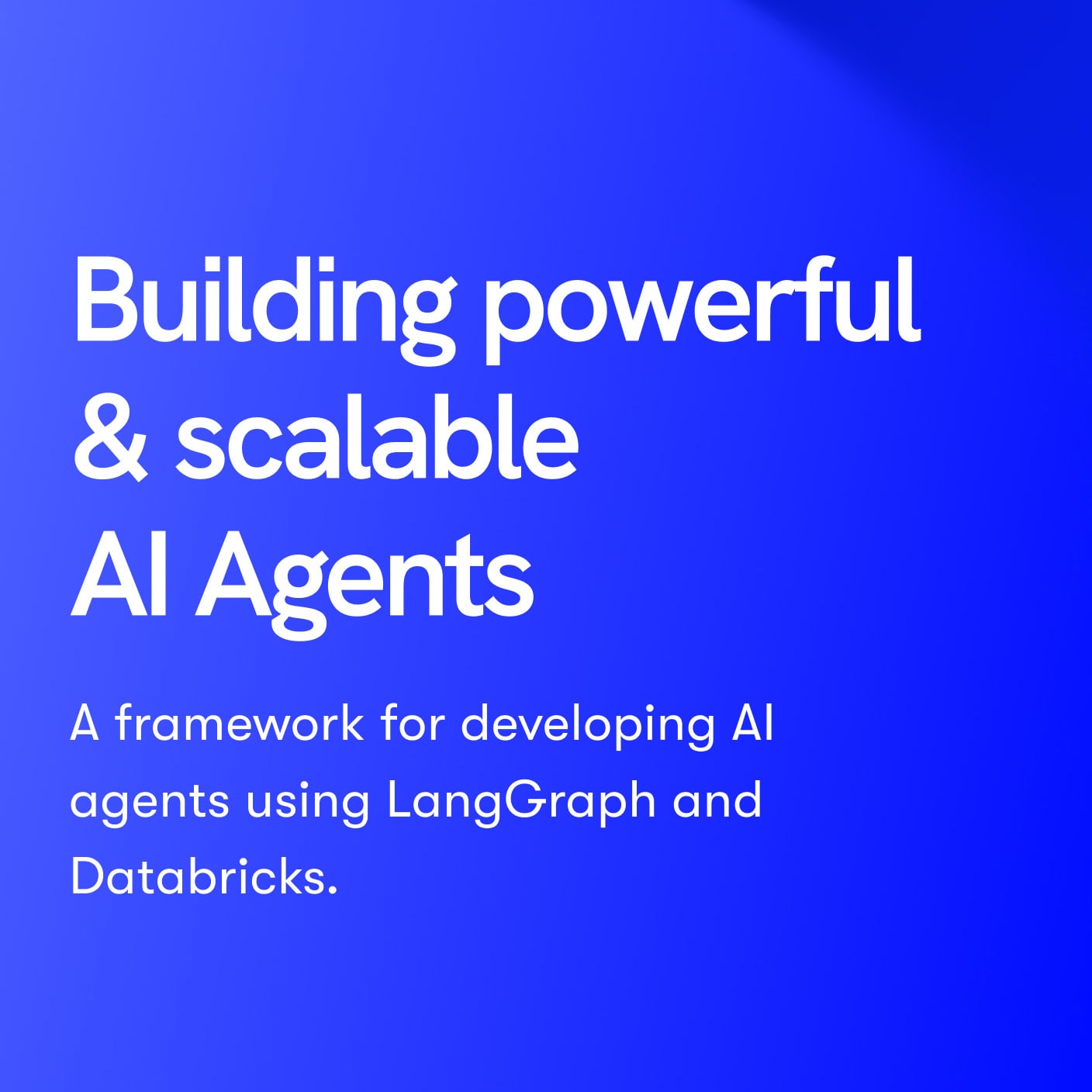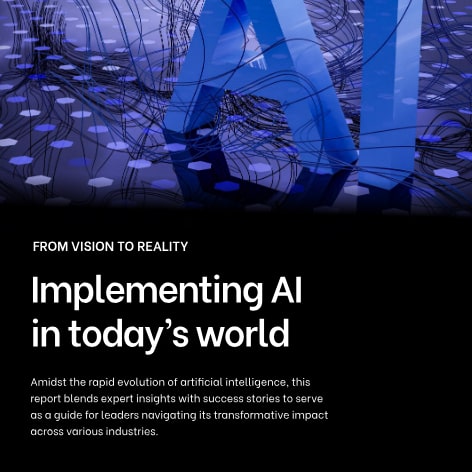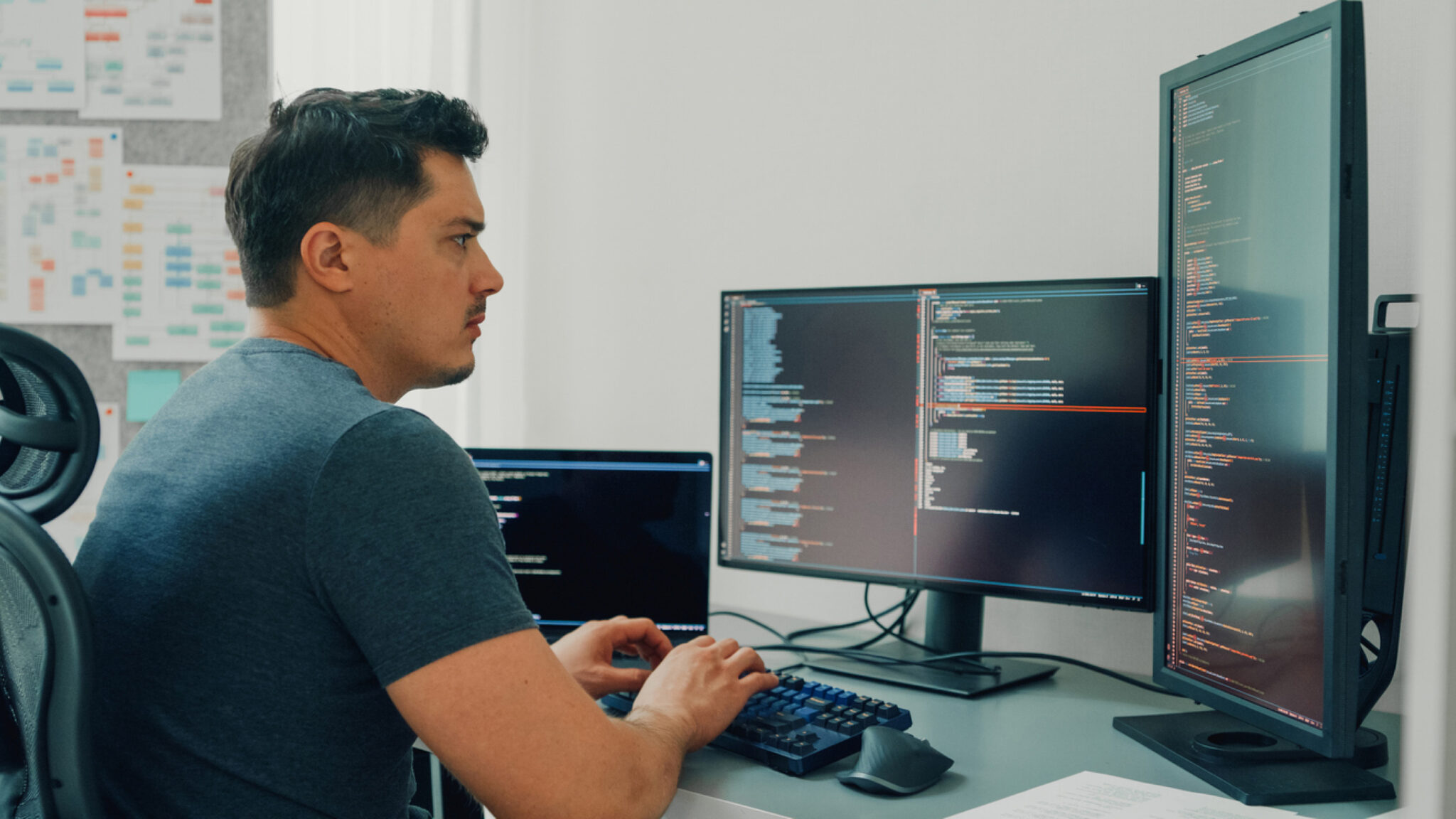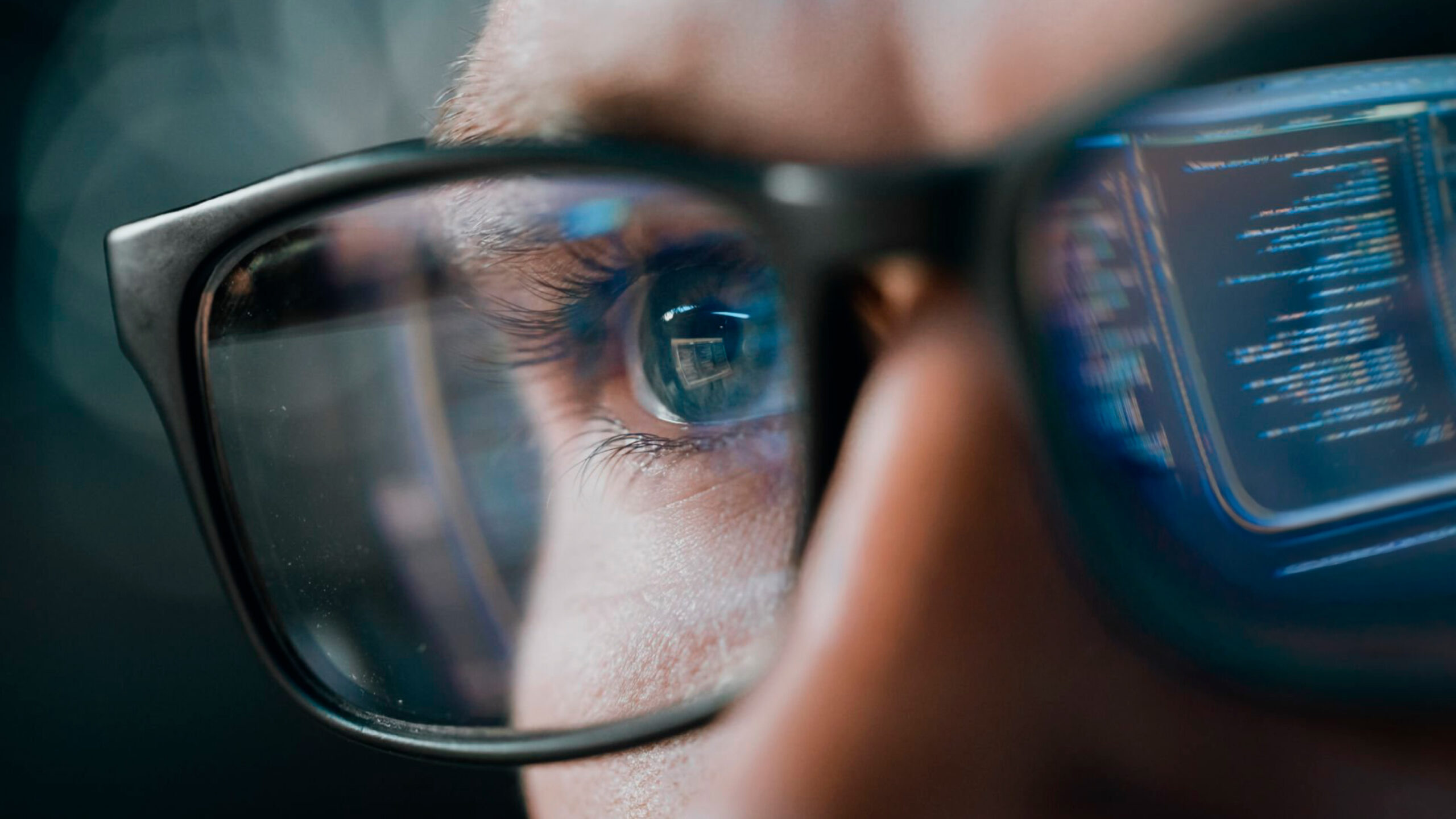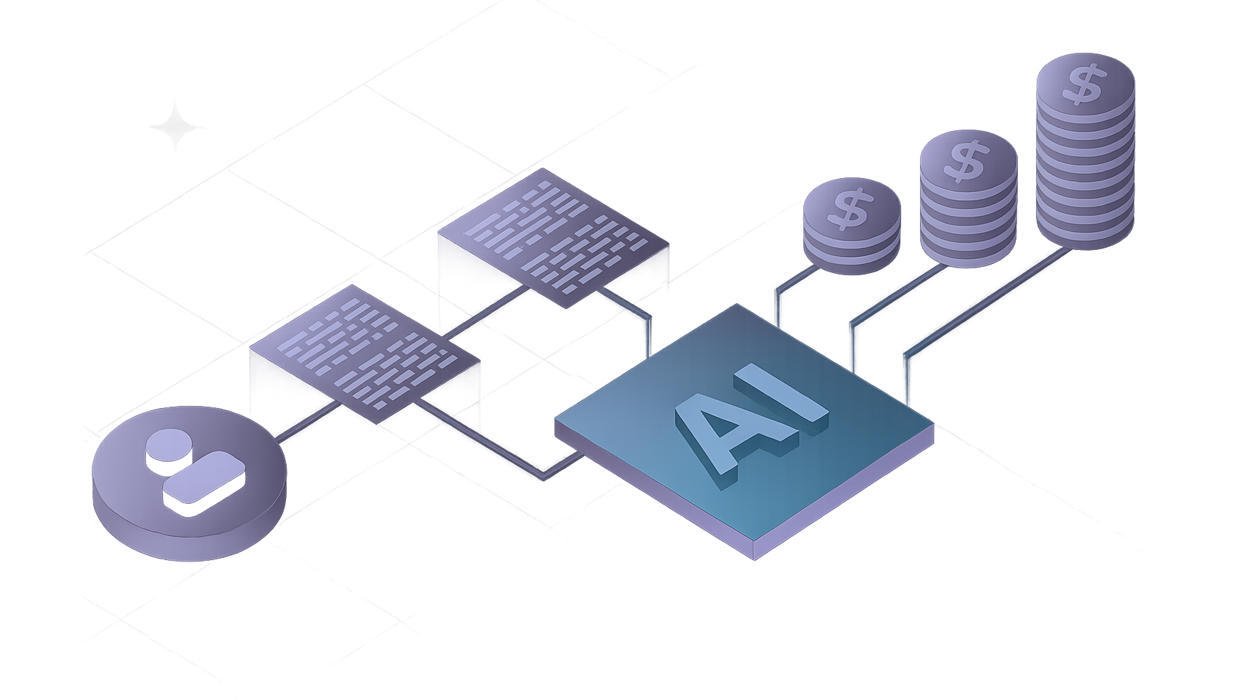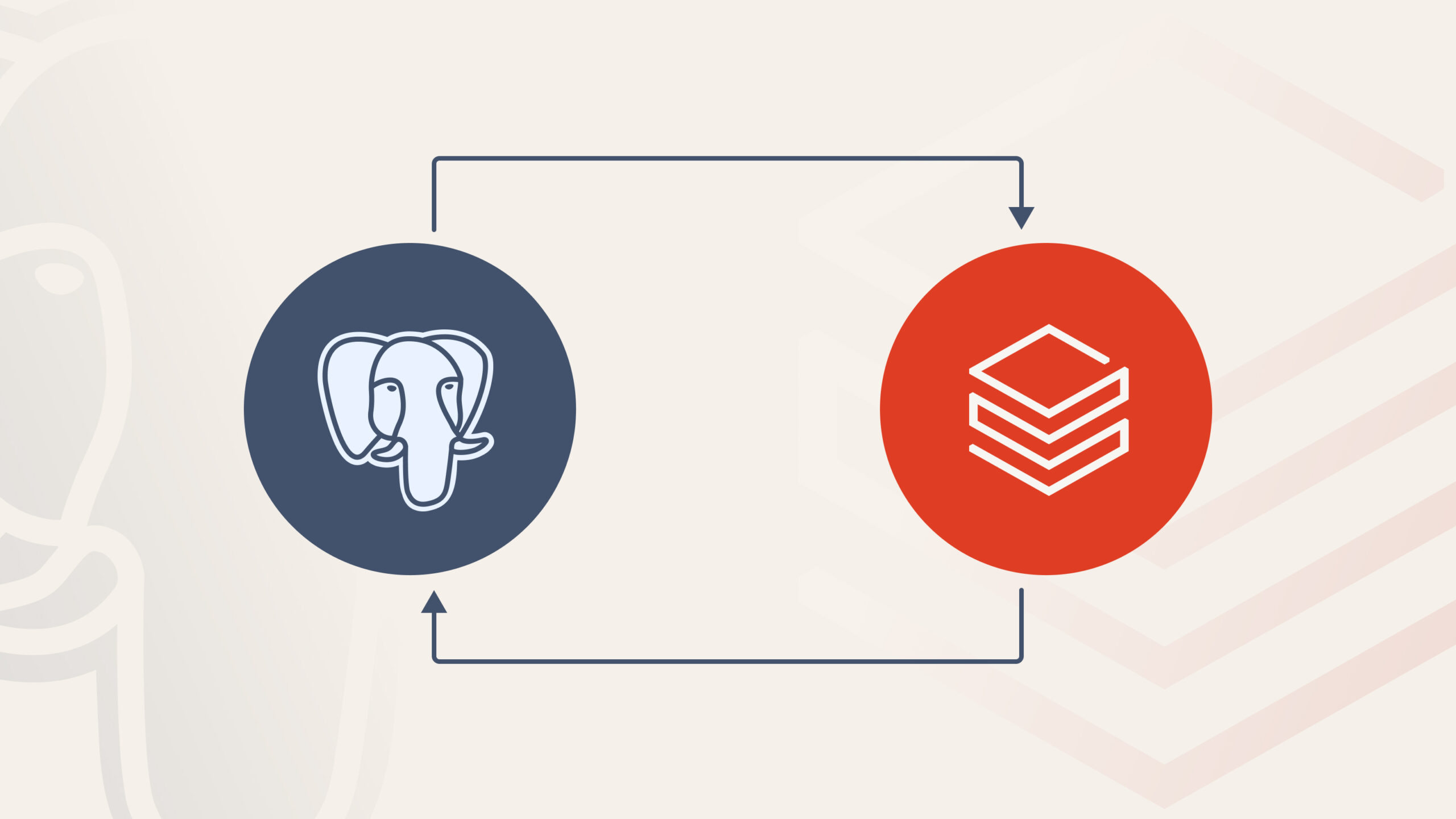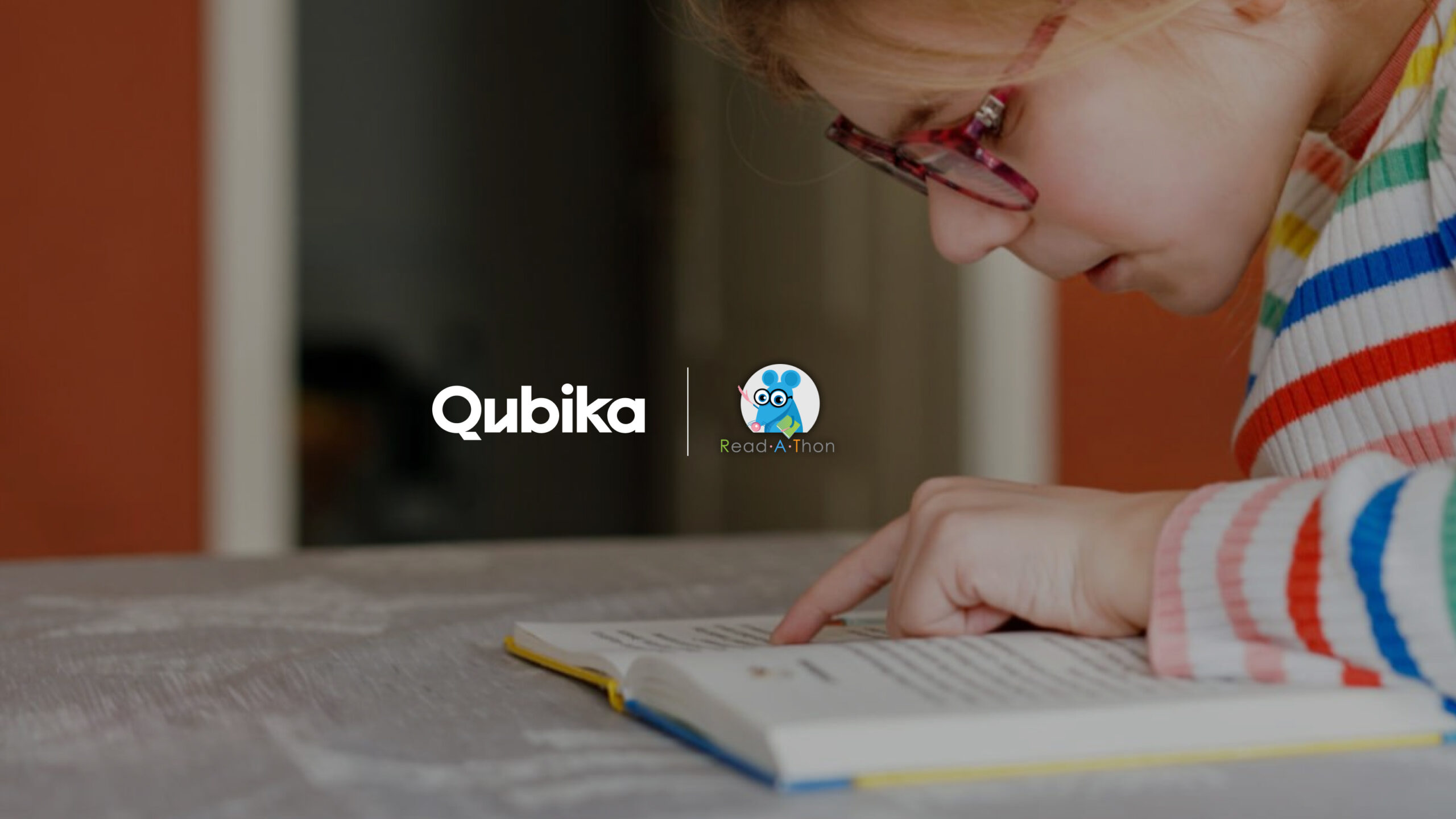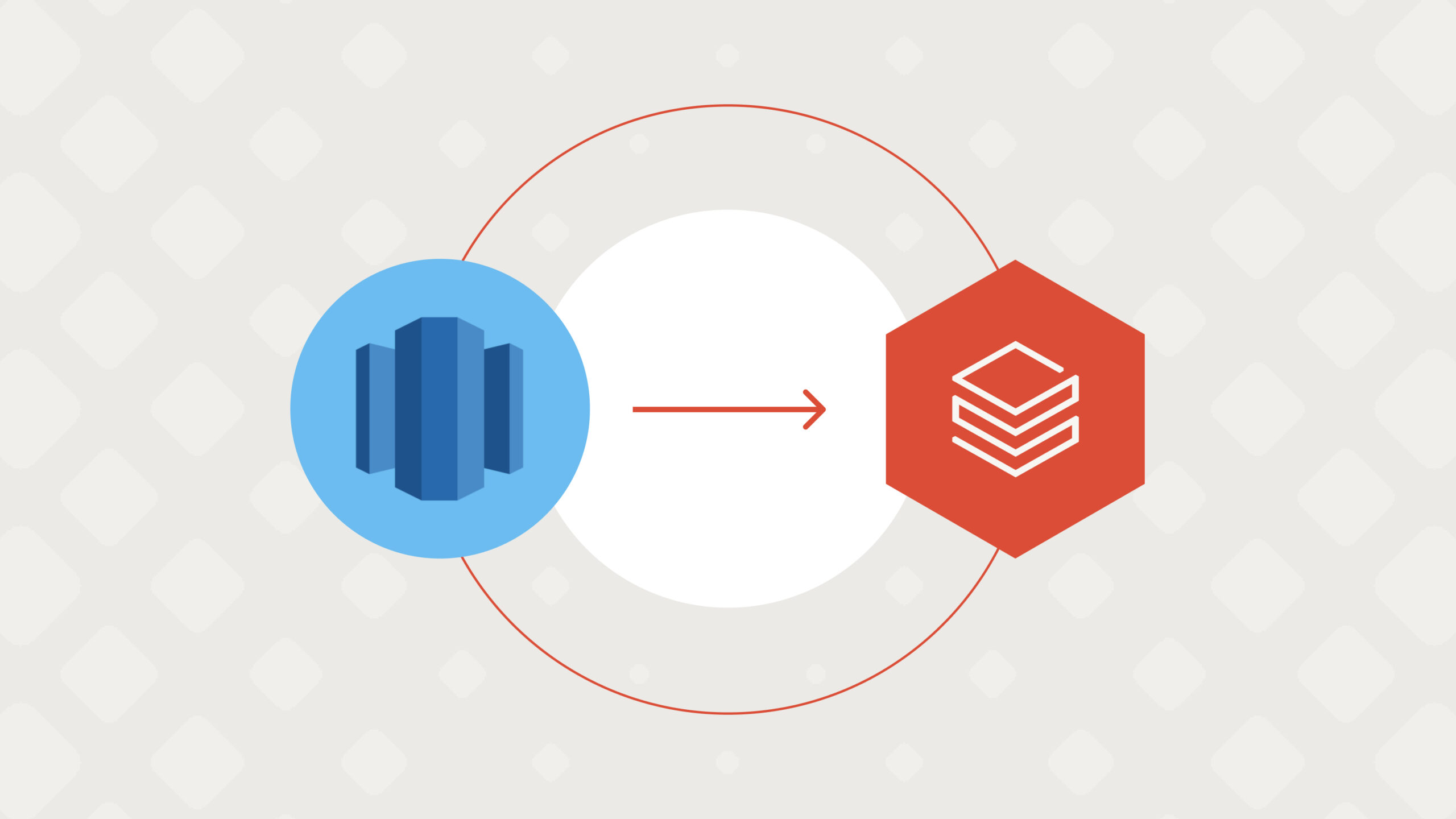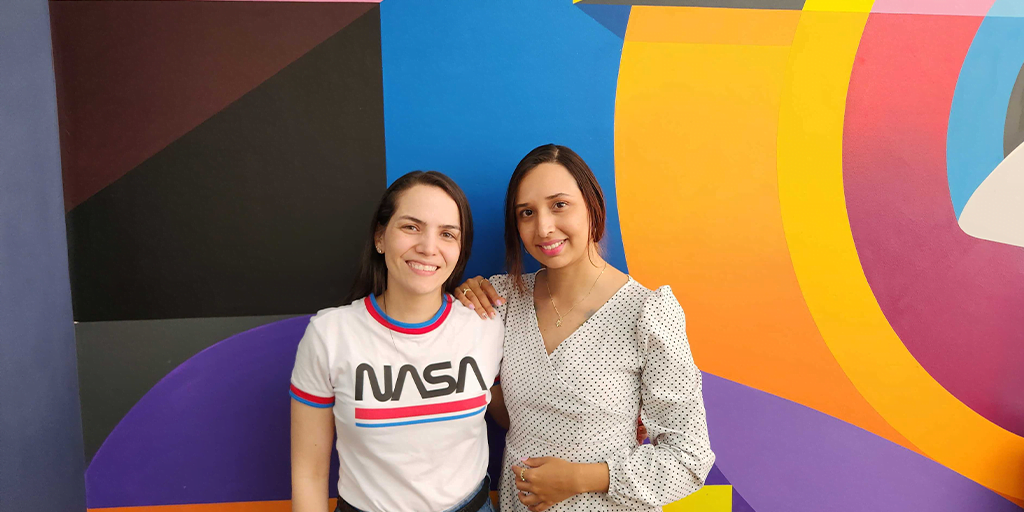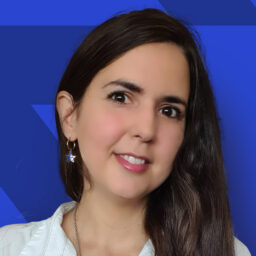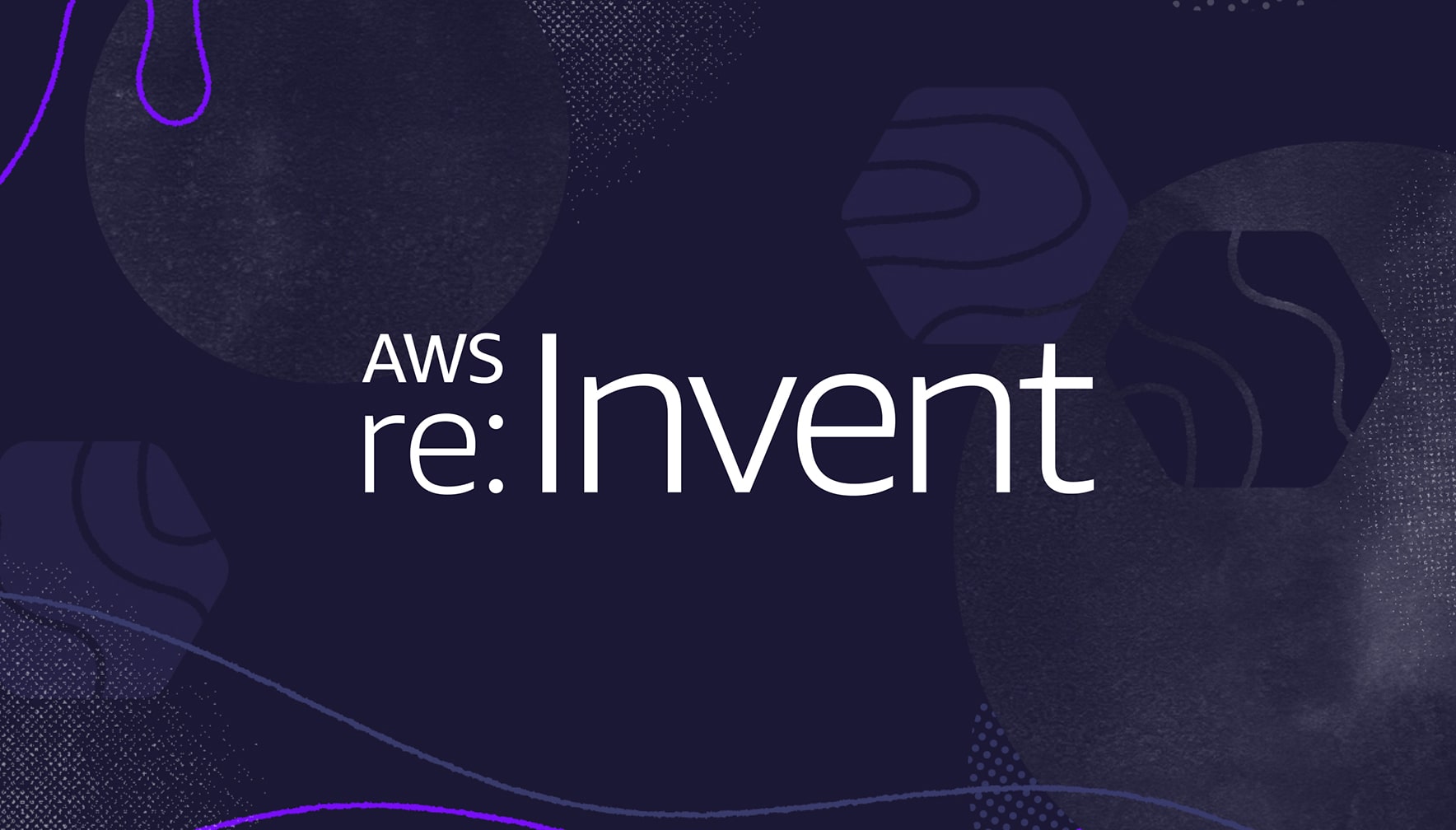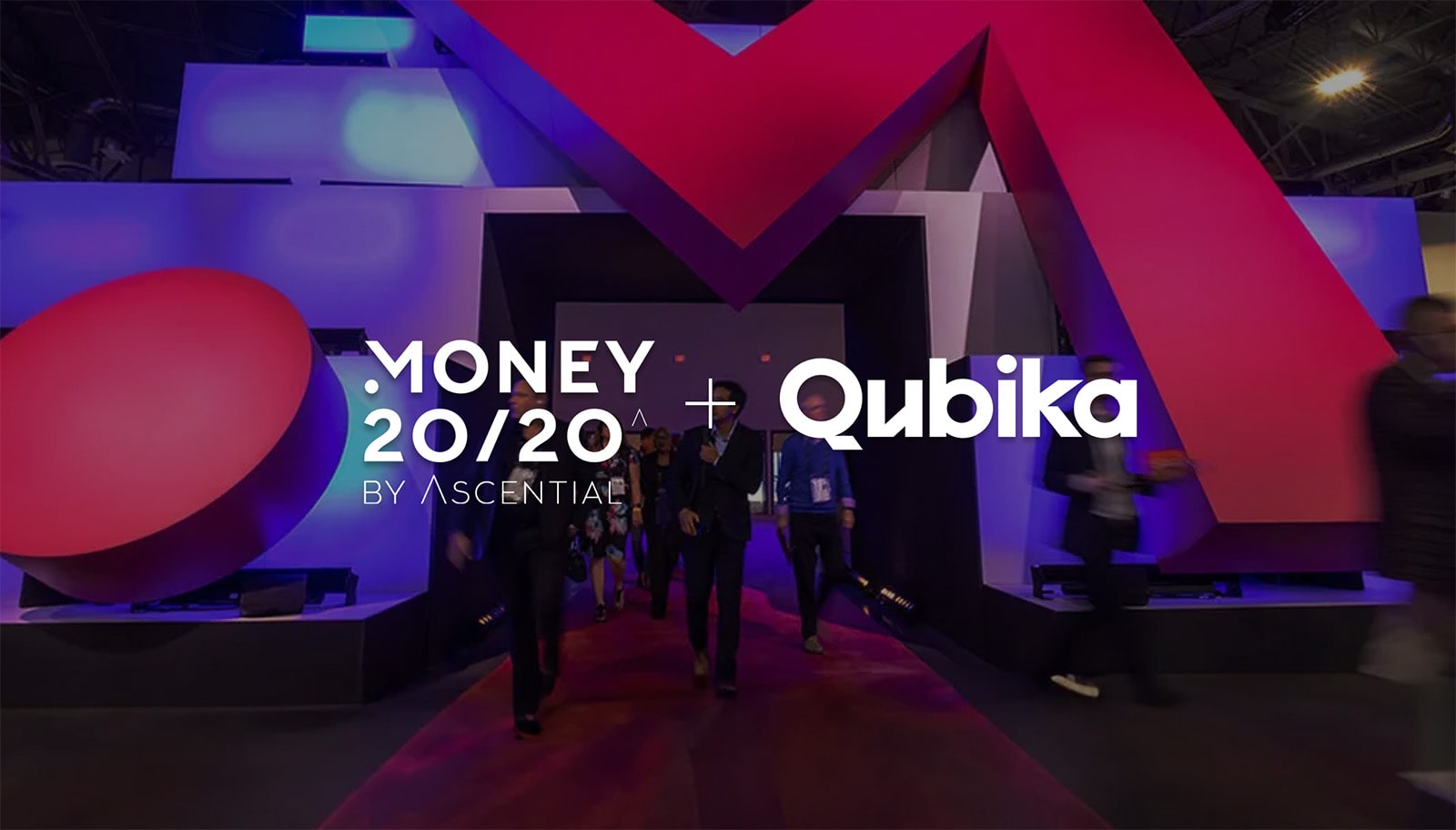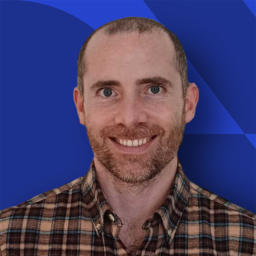At Qubika, we encourage our team members’ to follow their passions, whether they’re work-related or personal. Occasionally, we witness remarkable achievements when these two intersect. Recently, two of our teammates, Ana Maria Garcia and Tatiana Arenas, were part of the winning team in NASA’s International Space Apps Challenge.
What was the challenge?
The premise of the challenge was for teams to use resources from NASA and create a technical solution for combating wildfires. The reason for this was because wildfires continue to increase in frequency, number, and size, so the need for more diverse stakeholder groups to understand and use data about them is rapidly expanding. The challenge Ana and Tatiana faced was to create a solution that addressed fire and natural resource monitoring through technology and data, with the overall goal of assisting local communities to report and monitor fires and improve data distribution.
We are incredibly proud of our teammates! We took the time to sit down with them and ask about their experiences and thoughts on participating in the challenge.
Thank you both for taking the time to speak with us. To start off, can you state what you studied and what you do here at Qubika?
Ana: I studied Systems Engineering with a focus on data. I’m currently a Data Developer for the Data Studio here at Qubika.
Tatiana: I studied physics and obtained a Master’s Degree. I’m currently pursuing a specialization in Artificial Intelligence. Here at Qubika, I’m a Data Scientist in the Data Studio.
What are some day-to-day tasks you do here at Qubika?
Ana: I usually work using Python, constructing ETLs, tables or databases, and I often work with AWS as well.
Tatiana: Right now my day to day tasks are dedicated to a unique project focused on color science. It involves work in math and transformations between color spaces.
First off, congratulations on winning the Nasa Space Apps challenge! What was it like participating in it?
Tatiana: To be honest, I was very nervous because we saw and heard all the other participants speak about some really high level topics. So we went into the competition thinking it was going to be something difficult and extremely competitive. This wasn’t my first time participating in a competition like this, so I was determined to give it my all. I wanted to give the best version of myself in this project. It was a hackathon, so in this kind of competition you have to do and think of everything, and you have to do everything fast. So it was definitely a challenge because you don’t have time to think about the details.
Ana: It was actually my first time competing in a hackathon so it was a big challenge for me because I was in charge of the development part. I was the only person who was going to be developing, so it was really nerve wracking. When looking at the other teams, I saw there were teams with about six people at the table and we only had three, so we thought they were going to win because they had more people and maybe they had more experience. But in the end, we did our best and I think that helped us win.
What was the premise of the hackathon? What did you have to do there?
Tatiana: We had to choose one challenge from a list of around 20. So what we did was create an app for wildfire detection and prevention, and out of all the groups, we were the only group to create a functional application, because the other teams only had the concept. I think the main reason we won the hackathon was because we developed everything and had something to show for it. For my share of the project, I was in charge of extracting data. There were a lot of good ideas, and we were able to take what we learned in the Data Studio and use that knowledge.
Ana: We all had different tasks but we worked together to get the job done. Tatiana was the one who was structuring the data and transforming it, and then she would give it to me and I was able to use my React skills from my time in the Engineering Studio and take the data and make it into a web application. We had to get all our data from satellite information and also use climate information from NASA. We used and transformed all kinds of data.
What was your favorite part of the challenge?
Ana: My favorite part was the final hours of the challenge. There was a lot to learn, so it was necessary to do it as fast as we could. The challenge was less about competing against others and more about what you wanted to complete, and what you wanted to show from your side. So at the end you don’t think that much about wanting to win. It’s like we want to highlight our work and that shows how much effort we put in.
Tatiana: I think my favorite part is the challenge itself. The premise of the challenge is the real reason you set out to do it in the first place, so when you finish after 31 hours and see what you created, you feel proud and see what you accomplished.
Did your work at Qubika help with the challenge in any way?
Tatiana: For me, I fortunately have a lot of experience in meteorology and processing data. I learned a lot from working in the Data Studio. On top of that, I’ve learned a lot about pipelines and other elements.
Ana: Coincidentally, I am in the team for Qubika’s client, Land ID, where their services revolve around geographical mapping. So it was really helpful that the challenge was related to what I work on every day.
Ana, you mentioned you started off at Qubika in the Engineering Studio. How has it been going from the Engineering Studio to the Data Studio, and how has it been developing your career here?
Ana: It was a bit of a challenge for me at first because engineering and data are two really different worlds, but at the same time, a lot of what I learned in the Engineering Studio, I’ve been applying to my work in the Data Studio. I think it’s super beneficial that here at Qubika you have the option to change your career paths, you don’t have to stay in the same spot if that’s not where your heart is at – you are given opportunities to head in the direction you want.
Did you use any tools from work to help you prepare for the competition?
Ana: We were given some resources to help with the challenge, such as using our team’s AWS account.
Tatiana: We used a few different tools such as white room for the data processing and we used React and JavaScript for web development.
The final product
In the end, our teammates developed an application called Firelook, which uses satellite data from FIRMS (NASA) and ERA5 reanalysis (ECMWF) which monitors forest fires, and allows environmental authorities in various countries, and the general public to have up-to-date information and precise data about early warnings and the mitigation of these fires.
Firelook was created with the intention of being a user-friendly tool for reporting fire outbreaks quickly and effectively, which ultimately helps promote environmental care and awareness within the community, and cooperation within government control agencies. On top of being user friendly, this application supports both English and Spanish, includes an environmental education section, and allows predictions based on the behavior of reported fires.
Conclusion
Congratulations again and thank you to Ana and Tatiana for taking the time to share their experience in the NASA Space Apps Challenge! If you are interested in checking out more about the challenge and the work from our teammates, check out the links below:
Github
Space Apps Challenge page
And if you’re interested about the work that Ana and Tatiana do at Qubika, check out our Data Studio homepage.

